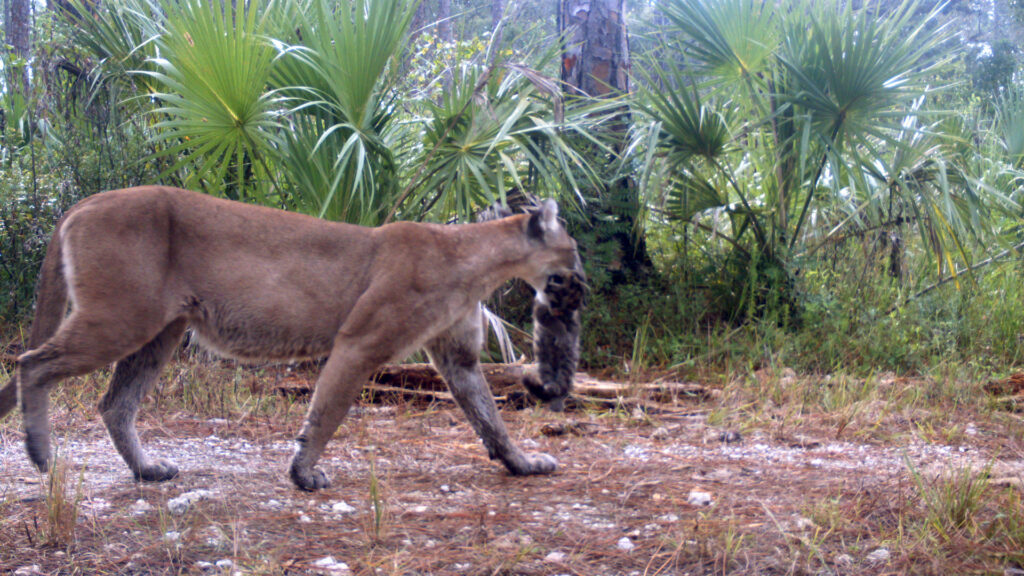A roundup of news items related to climate change and other environmental issues in Florida:
The Florida Legislature is considering using gambling money to help the environment | News Service of Florida

TALLAHASSEE — Legislative leaders pitched the use of gambling money to help pay for further expansion of a state wildlife corridor and other environmental projects as they kicked off the 2024 legislative session on Tuesday.
“Using these new revenues to acquire and manage conservation lands and invest in our clean water infrastructure will be a phenomenal return on investment for our state,” Senate President Kathleen Passidomo, R-Naples, said in remarks to the Senate. “I hope the legislation will earn your support.”
The proposal (SB 1638), filed by Sen. Travis Hutson, R-St. Augustine, would use an “indeterminate” amount of revenue available from a gambling deal, known as a “compact,” that Gov. Ron DeSantis reached with the Seminole Tribe of Florida in 2021. The money would be used to provide money for land acquisition and management.
‘More than alarming’: New report spurs worries over public safety, the environment in the Keys | WLRN
The Florida Department of Commerce’s latest report modeling hurricane evacuation times for the Florida Keys — the first analysis released in over a decade — poses serious implications for the future of development in the Keys.
The “Florida Keys Hurricane Evacuation Modeling Report,” released Dec. 8, models several different scenarios for current conditions in the Keys as well as several prospective conditions. One baseline model shows the possibility of developing nearly 8,000 vacant lots in the area, which is thousands more building units than the state agency determined a decade ago the Keys could handle today.
This has activists, developers and local government officials alike bracing for a decision from the state.
Can Florida’s corals survive climate change? Fate of one small reef may hold the answer | Miami Herald
When marine scientist Ian Enochs jumped into the water at Cheeca Rocks, a small reef in the Florida Keys known for vibrantly colorful corals, what he saw shook him to the core.
“Literally everything was white,” said Enochs, a research ecologist with the National Oceanic and Atmospheric Administration in Miami. “It does not look normal at all, it’s just like a different reef.”
It was July, still early in what would become the hottest summer on record in South Florida, and Enochs was witnessing a mass event bleaching — a telltale trouble sign that corals are struggling in abnormally hot ocean waters. Keys reefs have been hit periodically by bleaching over the decades and recovered, the corals weakened but still alive. But prolonged bleaching can prove fatal. To Enochs, this looked severe and potentially lethal.
If you have any news items of note that you think we should include in our next roundup, please email The Invading Sea Editor Nathan Crabbe at ncrabbe@fau.edu. Sign up for The Invading Sea newsletter by visiting here.



